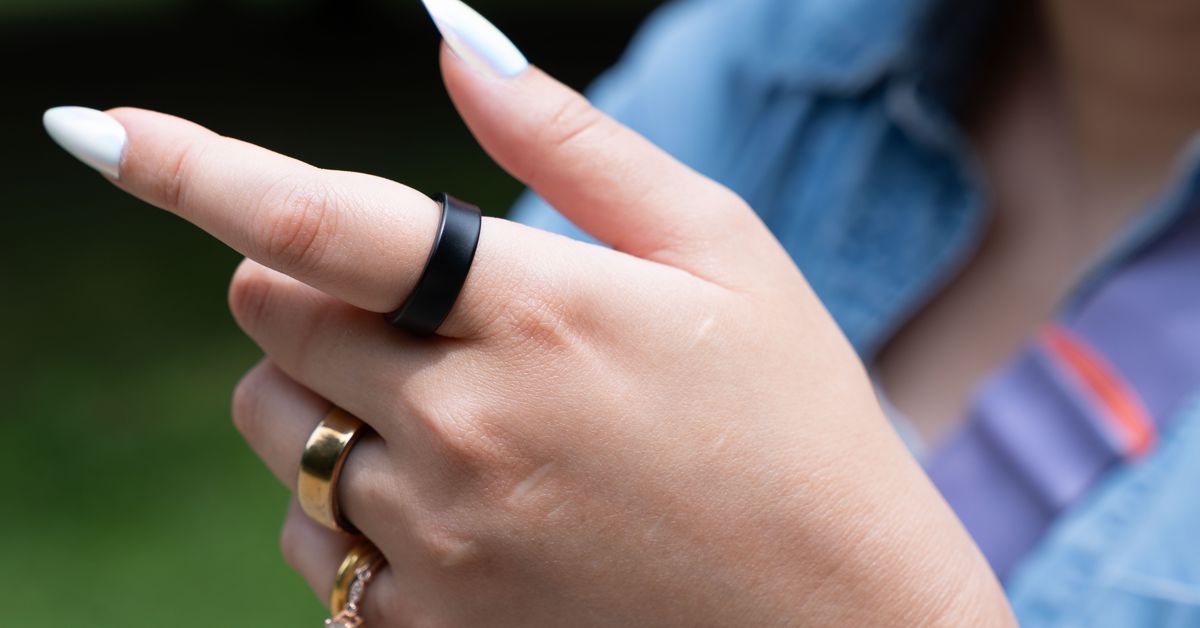Samsung Galaxy Ring Hits Unprecedented Low: Analyzing the Impact on Consumers
The Samsung Galaxy Ring has reached an all-time low price of $280, prompting discussions about its market positioning, consumer demand, and the competitive landscape in the tech industry. This significant price drop raises intriguing questions about what consumers can expect moving forward and what this means for the overall wearables market.
Understanding the Samsung Galaxy Ring
First introduced as a groundbreaking innovation in the wearables sector, the Samsung Galaxy Ring combines advanced health monitoring features with sleek design and user-friendly functionality. Unlike traditional smartwatches, the Galaxy Ring provides a more discreet alternative for users looking to track their health metrics without the bulk of a watch.
- **Health Monitoring**: The Galaxy Ring offers comprehensive health tracking, including heart rate, sleep patterns, and activity levels.
- **Connectivity**: It seamlessly connects with other Samsung devices, enhancing user experience through unified notifications and data sharing.
- **Design**: The compact and stylish design makes it appealing to a wide range of consumers.
With these features, the Galaxy Ring has been positioned as a versatile tool for health-conscious individuals, tech enthusiasts, and anyone seeking to maintain a balanced lifestyle. However, the recent price cut might indicate a shift in strategy from Samsung.
What the Price Drop Means for Consumers
The new price of $280 significantly lowers the barrier for entry for potential buyers. This unprecedented drop could mean various things for consumers:
- **Greater Accessibility**: Lower prices generally lead to wider adoption. Consumers who previously hesitated due to cost may find the Galaxy Ring more appealing now.
- **Increased Competition**: As Samsung lowers prices, competitors may feel pressured to adjust their pricing strategies, potentially leading to more affordable alternatives in the market.
- **Value for Money**: At this price point, the Galaxy Ring could be seen as offering exceptional value, particularly given its advanced features.
Additionally, for existing users, this price drop could signal that Samsung is looking to enhance market penetration by encouraging upgrades or additional purchases within households.
Market Dynamics and Consumer Demand
The wearable technology market is evolving at a rapid pace, influenced by consumer preferences and technological advancements. The Samsung Galaxy Ring’s price drop could reflect broader trends in the industry:
- **Shifting Consumer Preferences**: More consumers are gravitating towards health-oriented devices, especially in a post-pandemic world that emphasizes wellness and self-care.
- **Technological Advancements**: As technology improves and production costs decrease, companies are often compelled to pass savings onto consumers, leading to lower retail prices.
- **Market Saturation**: The wearables market is becoming saturated with options, necessitating price adjustments to maintain competitiveness.
These factors indicate that the Samsung Galaxy Ring’s price drop is not just a fleeting promotional strategy but could represent a strategic pivot to capture more market share in a crowded field.
Implications for Future Developments
As Samsung navigates this new pricing landscape, several implications arise for the future of the Galaxy Ring and similar devices:
- **Innovation Pressure**: With increased competition and expectations, Samsung may need to expedite innovation in future iterations of the Galaxy Ring, introducing more features or improving existing functionalities.
- **Enhanced Marketing Strategies**: To capitalize on the lower price point, Samsung may need to ramp up marketing efforts, highlighting the benefits and unique features of the Galaxy Ring to attract new customers.
- **Consumer Feedback Loop**: Engaging with consumers for feedback on the Galaxy Ring could become crucial in shaping future products. This interaction can lead to improvements that resonate with user needs.
The Competitive Landscape
The price reduction of the Samsung Galaxy Ring could disrupt the competitive landscape of wearables. Other brands, such as Fitbit, Garmin, and Apple, might need to reevaluate their pricing and product offerings:
- **Fitbit**: Known for its health tracking capabilities, it may need to enhance its features or adjust prices to retain its customer base.
- **Garmin**: With a strong focus on fitness, Garmin could benefit from diversifying its product range to include more lifestyle-oriented wearables.
- **Apple**: While the Apple Watch is a premium product, it may face pressure to offer more affordable options in a market increasingly defined by value.
This competitive environment could ultimately benefit consumers as brands strive to offer better products and pricing, driving innovation across the board.
Conclusion: A New Era for Wearables
The Samsung Galaxy Ring’s unprecedented low price of $280 is more than just a sales tactic; it signals a potential shift in the wearables market. As consumers become more health-conscious and demand for innovative devices grows, this price drop may pave the way for broader acceptance and use of wearables.
For consumers, this could mean more choices and better value for money. As the tech landscape continues to evolve, keeping an eye on Samsung’s next moves and the reactions from competitors will be crucial for understanding the future of wearable technology.
In a world increasingly focused on health and wellness, the Samsung Galaxy Ring has positioned itself as a key player at a price point that could redefine consumer access to advanced health monitoring technologies. Only time will tell how this will unfold, but for now, it seems like a win for consumers.
See more Future Tech Daily

